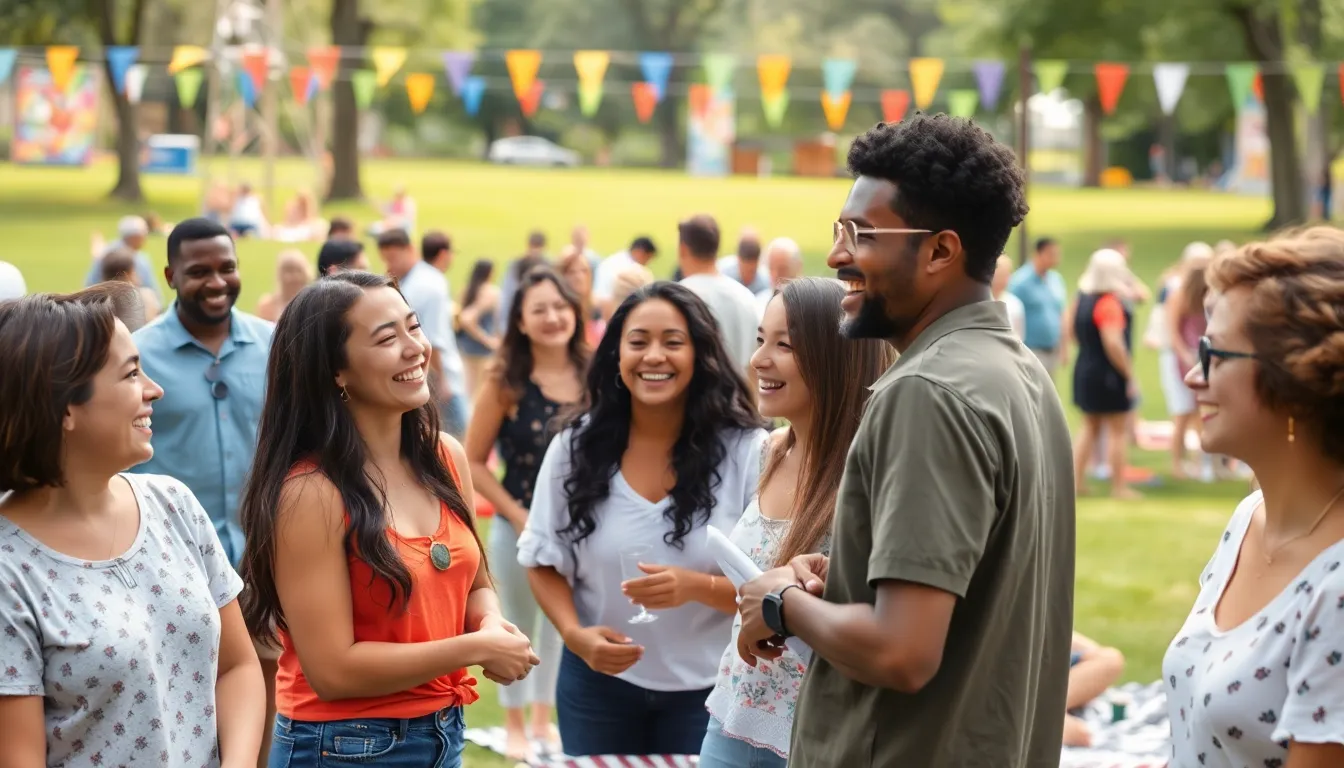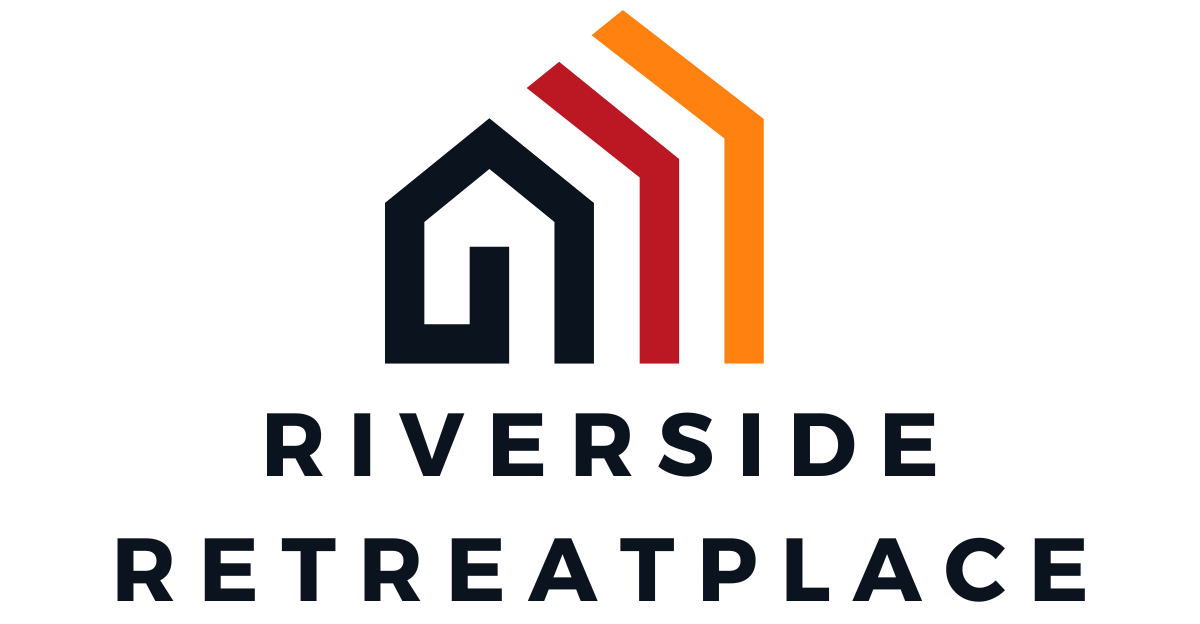
Lifestyle Resumption: Embrace the Excitement of Your New Normal Today
After what feels like an eternity of lockdowns and social distancing, lifestyle resumption is finally here, and it’s about time! People are shaking off the dust of their sweatpants and stepping back into a world where pants with zippers and real shoes reign supreme. It’s not just about returning to old habits; it’s a chance to redefine what living well means in this new normal.
As everyone navigates the exhilarating yet slightly awkward journey of re-entering society, the excitement is palpable. From brunching with friends to hitting the gym without a mask, lifestyle resumption is about embracing freedom while also learning a few lessons from the past. So grab your favorite beverage and get ready to explore how to make the most of this fresh start—because who wouldn’t want to dive back into life with a little flair and a lot of laughter?
Lifestyle Resumption
Lifestyle resumption marks the transition back to regular activities after periods of disruption. This phase embraces social interactions, returning to workplaces, and engaging in hobbies once enjoyed.
Definition of Lifestyle Resumption
Lifestyle resumption refers to the gradual return to pre-pandemic routines. This concept includes reviving social outings, resuming travel, and re-establishing personal and professional connections. It signifies an adaptation to new norms while incorporating lessons learned. For instance, habits formed during lockdown, such as remote work, may persist alongside traditional office environments.
Importance of Lifestyle Resumption
Embracing lifestyle resumption involves recognizing its significance for mental and physical health. Engaging with others fosters community connection, alleviating feelings of isolation. Transitioning back allows individuals to explore new opportunities and redefine well-being. Active participation in society can lead to improved emotional resilience and overall happiness. Statistics reveal that social interactions enhance life satisfaction, making this resurgence critical for holistic health.
Factors Influencing Lifestyle Resumption

Multiple elements play a role in how individuals navigate the return to normalcy after prolonged isolation. Understanding these factors aids in smooth transitions and enhances overall well-being.
Health and Safety Considerations
Health guidelines influence lifestyle resumption significantly. Vaccination rates in communities impact feelings of safety. Adherence to public health recommendations fosters trust in social spaces. Frequent sanitization practices in venues reduce risk perception. Many individuals consider personal health conditions when deciding on participation in group activities. Knowledge of local infection trends informs personal choices. Feeling secure within various environments encourages engagement with others.
Social and Emotional Factors
Social connections drive lifestyle resumption in meaningful ways. Reconnecting with friends and family enhances emotional well-being. Feelings of loneliness may persist for some individuals, spurring the need for interaction. Previous relationships can deepen through shared experiences during the pandemic. Community events provide opportunities for socialization and support. Emotional readiness varies among individuals, affecting the pace of resumption. Navigating fear and uncertainty requires patience and understanding, helping to build resilience in the process.
Strategies for Effective Lifestyle Resumption
Effective lifestyle resumption requires strategic planning and self-awareness. Implementing practical approaches can ease the transition back to everyday life.
Setting Realistic Goals
Establishing achievable objectives helps in navigating the post-lockdown environment. Focus on manageable targets like reestablishing weekly social gatherings or committing to regular exercise routines. Prioritize personal interests alongside responsibilities, ensuring a balance that promotes well-being. Encouraging incremental progress can boost motivation and provide a sense of accomplishment. Celebrating small victories also fosters a positive mindset as individuals adapt to new circumstances.
Developing a Gradual Plan
Creating a gradual plan allows for smoother integration back into normal life. Kick off with low-key social interactions, progressing to larger gatherings as comfort levels increase. Incorporating breaks into daily schedules supports mental health, enabling individuals to recharge effectively. Consider scheduling activities that rekindle past hobbies or interests to enhance enjoyment. Adjusting plans as needed keeps the process flexible, promoting a more sustainable lifestyle change. Emphasizing personal comfort aids in maintaining enthusiasm during this transition.
Challenges in Lifestyle Resumption
Returning to regular routines presents various challenges. Individuals often face significant hurdles, particularly regarding fear and anxiety associated with social interactions.
Overcoming Fear and Anxiety
Fear and anxiety frequently arise during lifestyle resumption. Many people feel apprehensive about re-entering crowded places or engaging in social activities. Understanding personal triggers helps address these feelings effectively. Practicing mindfulness techniques, such as deep breathing or meditation, can reduce anxiety levels significantly. Engaging with supportive friends and family fosters a sense of security. Gradual exposure to social situations aids in building confidence. Individuals can choose low-pressure environments to ease this transition.
Managing Expectations
Managing expectations plays a crucial role in a successful lifestyle resumption. Individuals might expect a seamless return to their previous lives, but reality may differ. Setting realistic goals ensures that individuals don’t overwhelm themselves. Adjusting plans based on comfort levels promotes a positive experience. Acknowledging that everyone adapts at their own pace helps cultivate patience. Embracing flexibility in social engagements allows for adjustments as needed. Prioritizing emotional well-being above social obligations engages more meaningful connections. Embracing the evolving nature of personal routines facilitates a smoother transition back to normalcy.
Conclusion
Embracing lifestyle resumption offers a unique opportunity to reconnect with the world while prioritizing personal well-being. As individuals navigate this transition, it’s essential to approach it with a sense of optimism and adaptability. By setting realistic goals and gradually reintroducing social interactions, they can foster emotional resilience and enhance their overall quality of life.
Understanding the importance of patience and flexibility will make this journey smoother. Each person’s path to normalcy is different, and acknowledging that allows for a more compassionate approach to oneself and others. As the world opens up, embracing this fresh start can lead to a fulfilling and enriched life moving forward.
